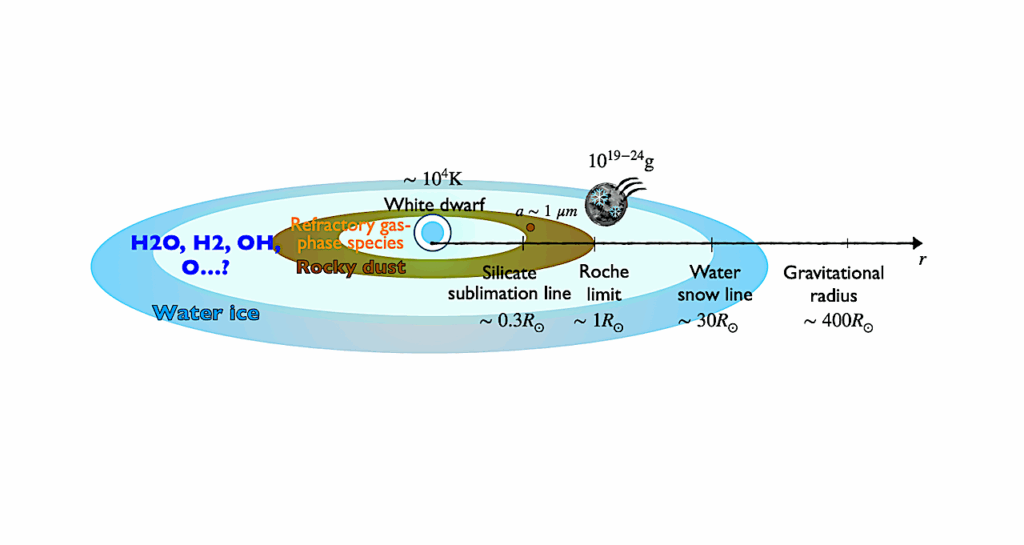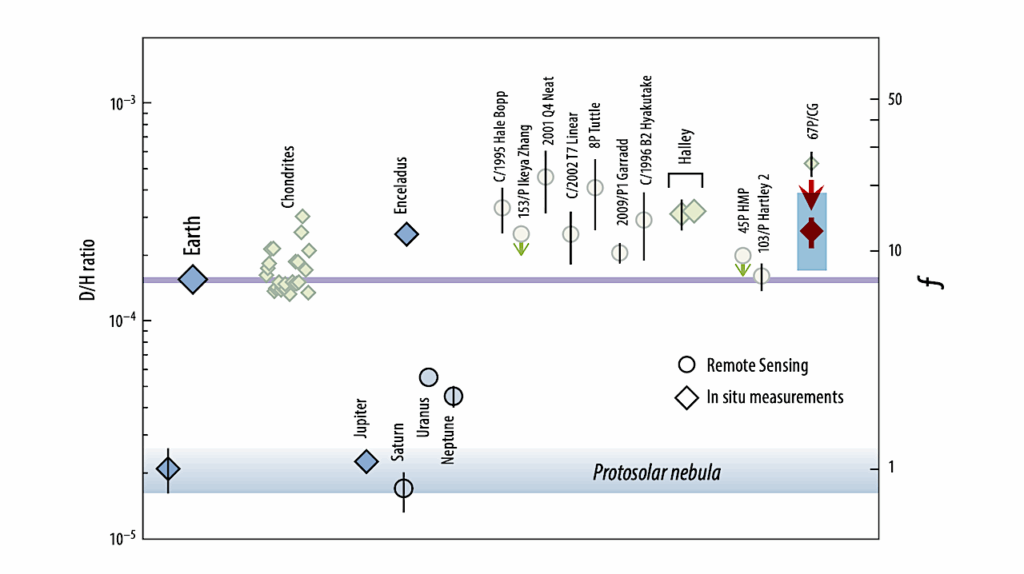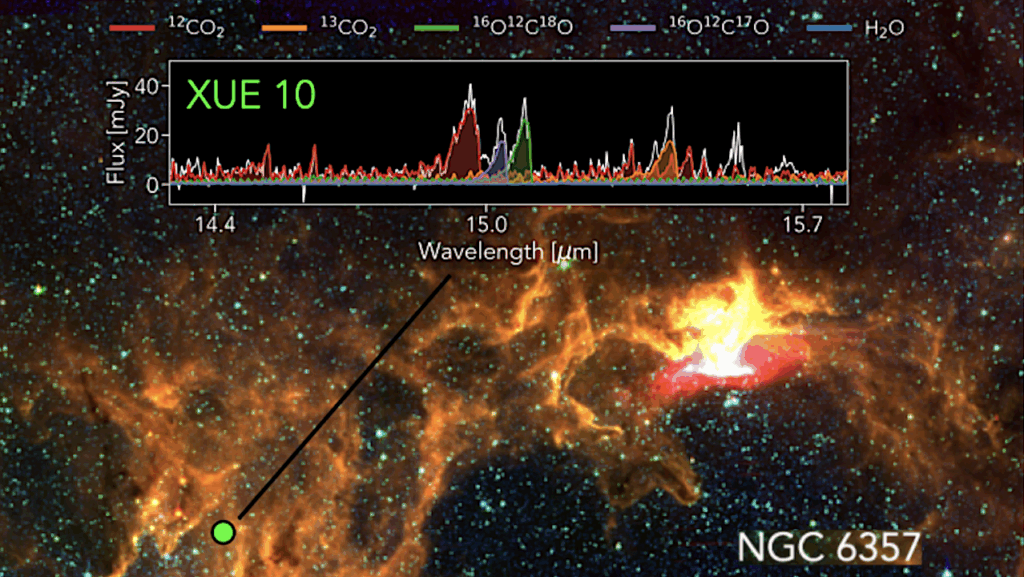Unveiling Gas Phase H2NCO Radical: Laboratory Rotational Spectroscopy and Interstellar Search Toward IRAS 16293-2422

Context. The carbamoyl radical (H2NCO) is believed to play a central role in the ice-grain chemistry of crucial interstellar complex organic molecules as formamide and acetamide. Yet, little is known about this radical that remains elusive in laboratory gas-phase experiments.
Aims. In order to enable interstellar searches of H2NCO, we have undertaken a mandatory laboratory characterisation of its pure rotational spectrum.
Methods. We report the gas-phase laboratory detection of H2NCO, produced by H-atom abstraction from formamide, using pure rotational spectroscopy at millimetre and submillimetre wavelengths. Millimetre-wave data were acquired using chirped-pulse Fourier-transform spectroscopy while submillimetre-wave ones were obtained using Zeeman-modulated spectroscopy. Experimental measurements were guided by quantum-chemical calculations at the ωB97X-D/cc-pVQZ level of theory. Interstellar searches for the radical have been undertaken on the Protostellar Interferometric Line Survey (PILS) towards the solar-type protostar IRAS 16293-2422.
Results. From the assignment and fit of experimental transitions up to 660 GHz, reliable spectroscopic parameters for H2NCO in its ground vibrational state have been derived, enabling accurate spectral predictions. No transitions of the radical were detected on the PILS survey. The inferred upper limit shows that H2NCO abundance is at least 60 times below that of formamide and 160 times below that of HNCO in this source; a value that is in agreement with predictions from a physico-chemical model of this young protostar.
Marie-Aline Martin-Drumel, Audrey Coutens, Jean-Christophe Loison, Jes K. Jørgensen, Olivier Pirali
Comments: Accepted in A&A
Subjects: Astrophysics of Galaxies (astro-ph.GA); Solar and Stellar Astrophysics (astro-ph.SR)
Cite as: arXiv:2406.01796 [astro-ph.GA] (or arXiv:2406.01796v1 [astro-ph.GA] for this version)
Submission history
From: Audrey Coutens
[v1] Mon, 3 Jun 2024 21:31:10 UTC (2,330 KB)
https://arxiv.org/abs/2406.01796
Astrobiology, Astrochemistry,








